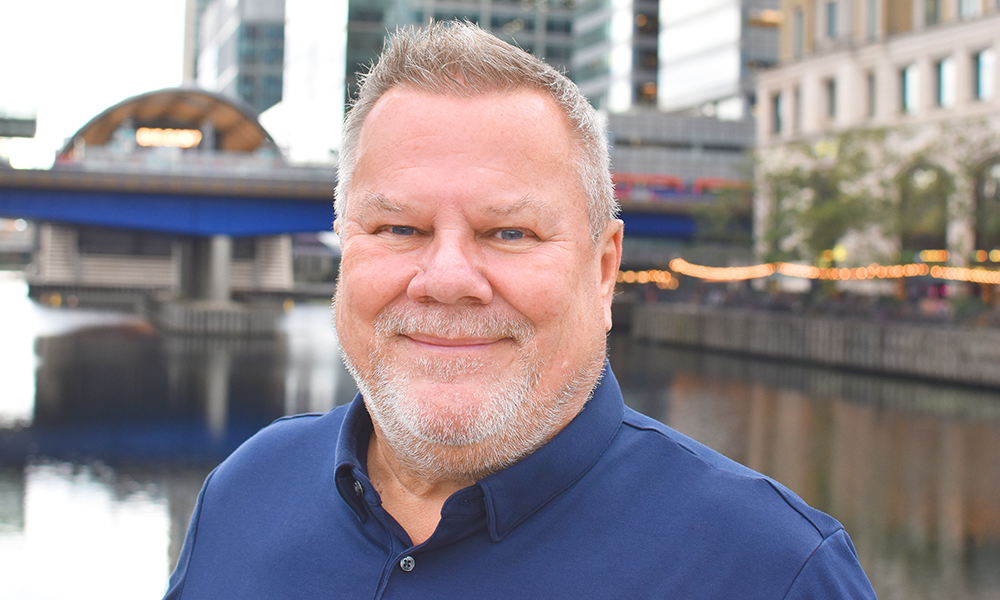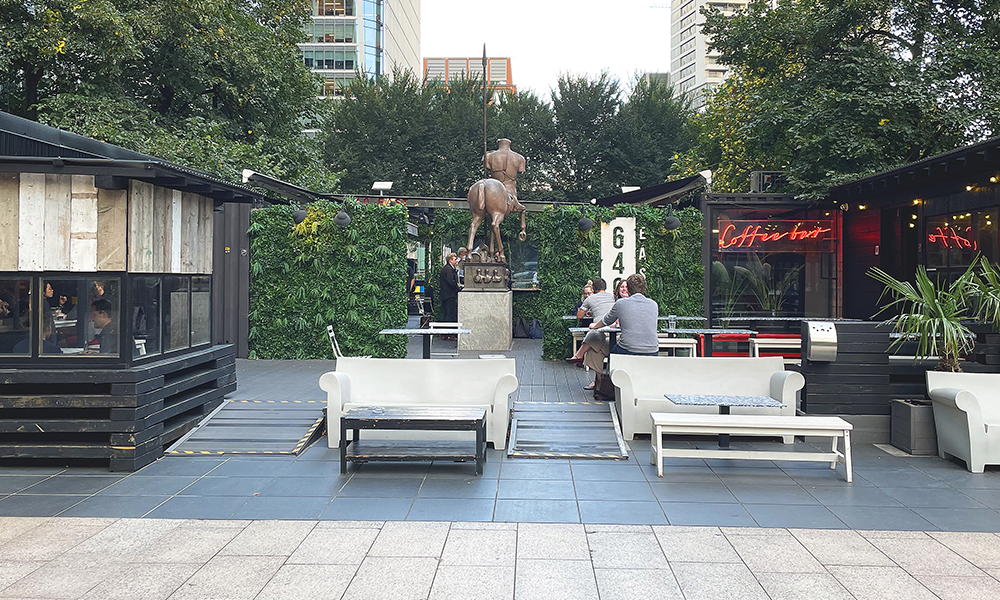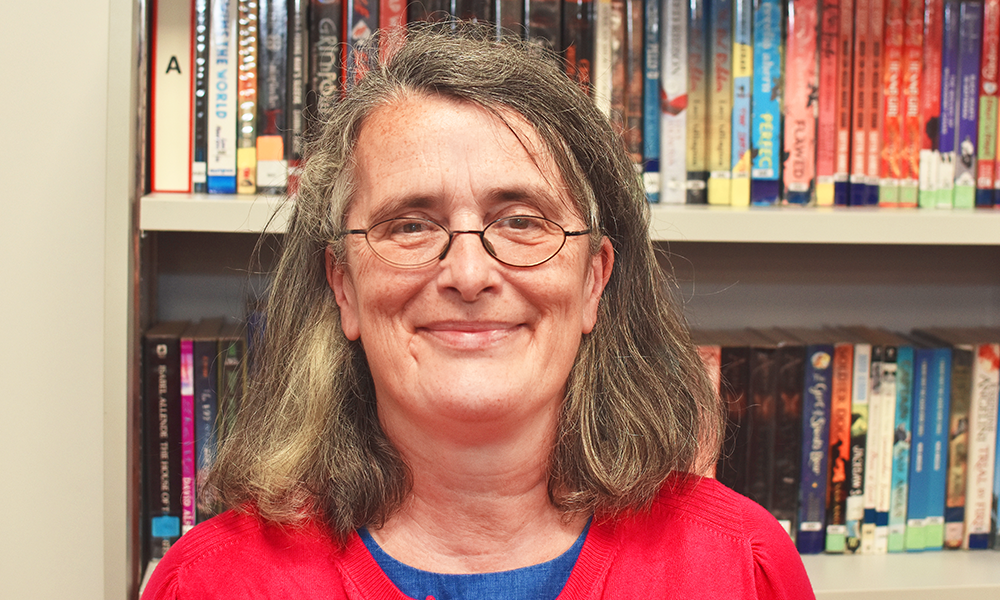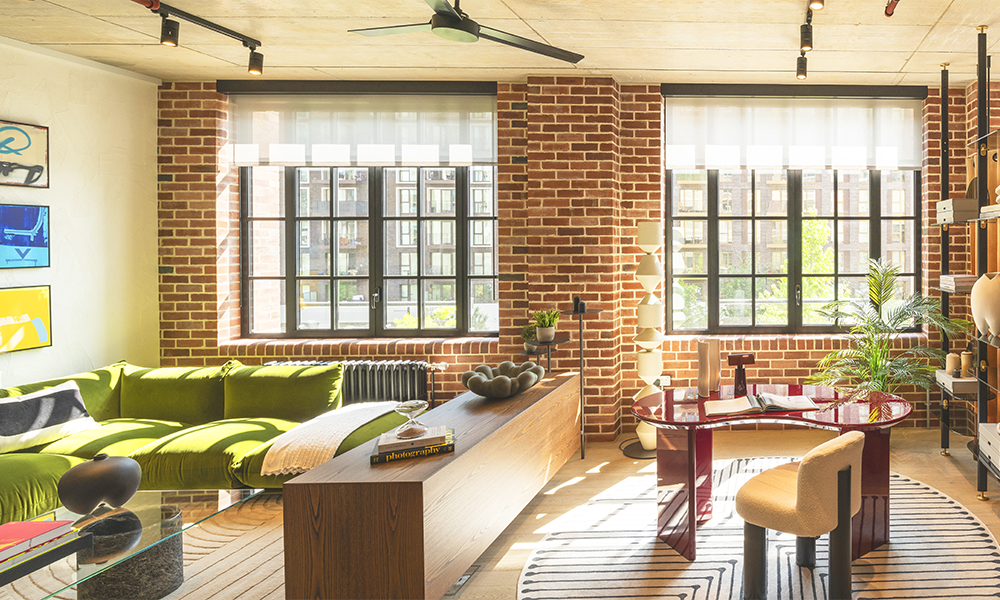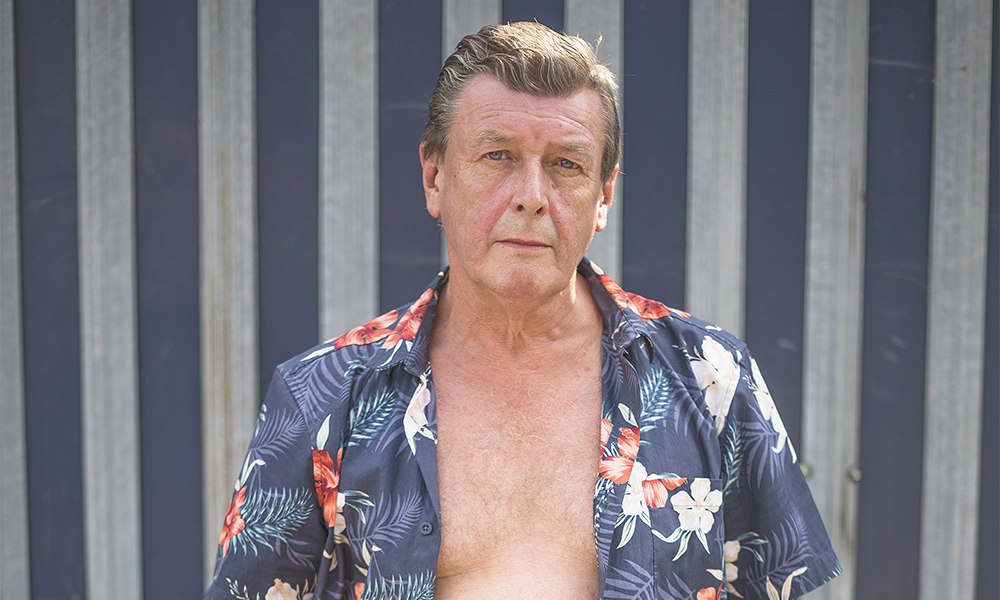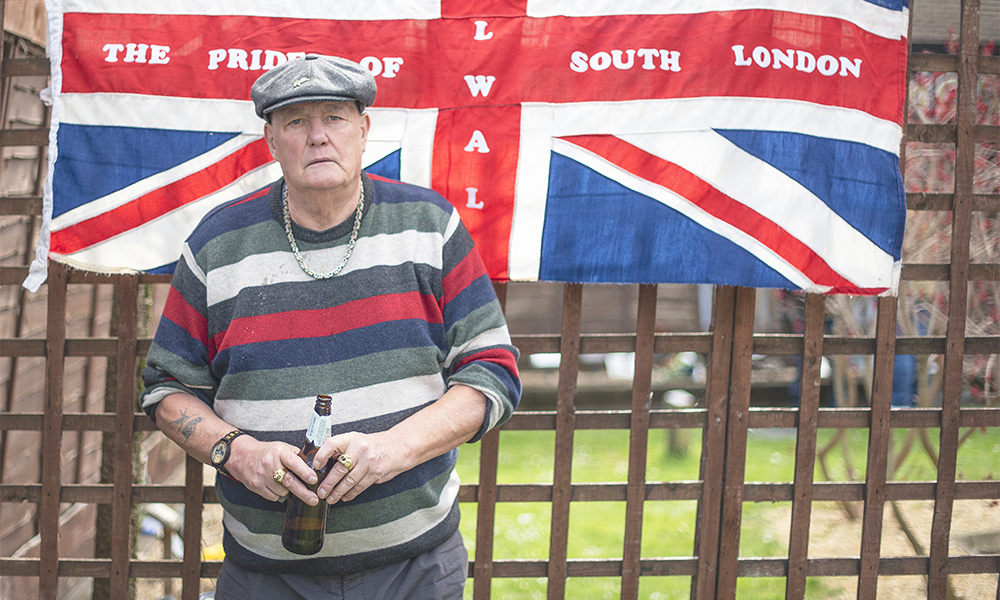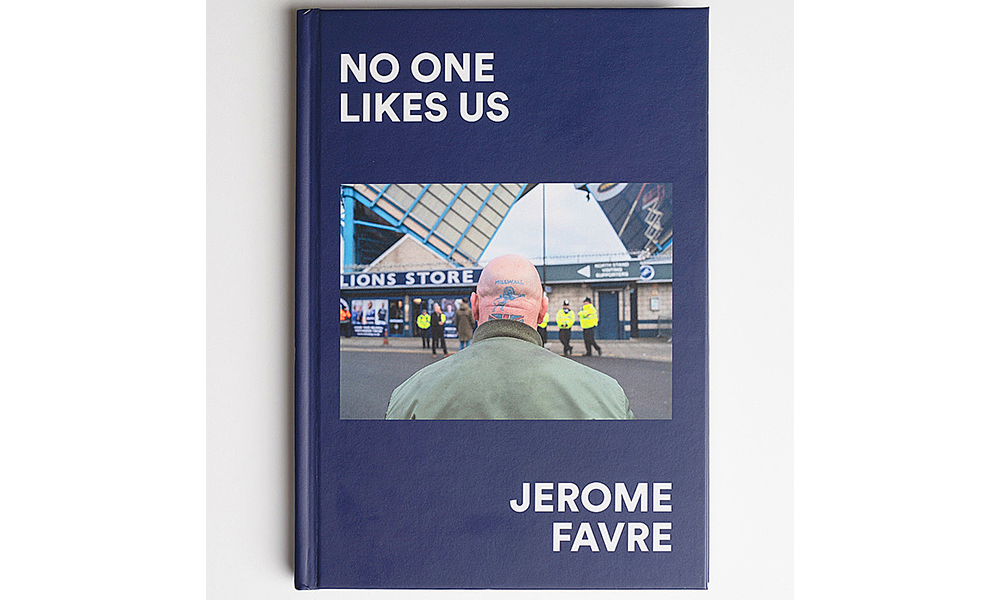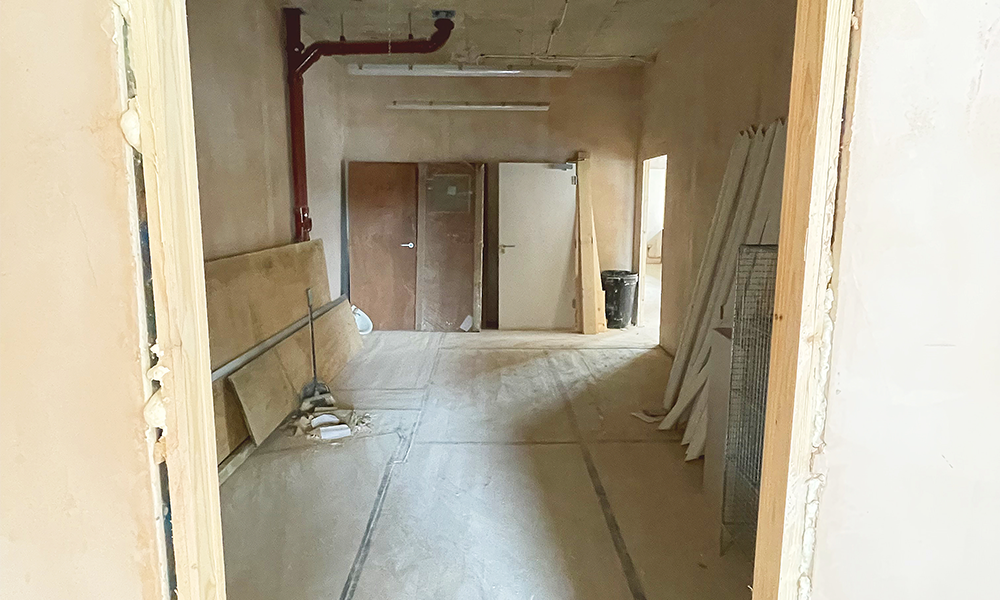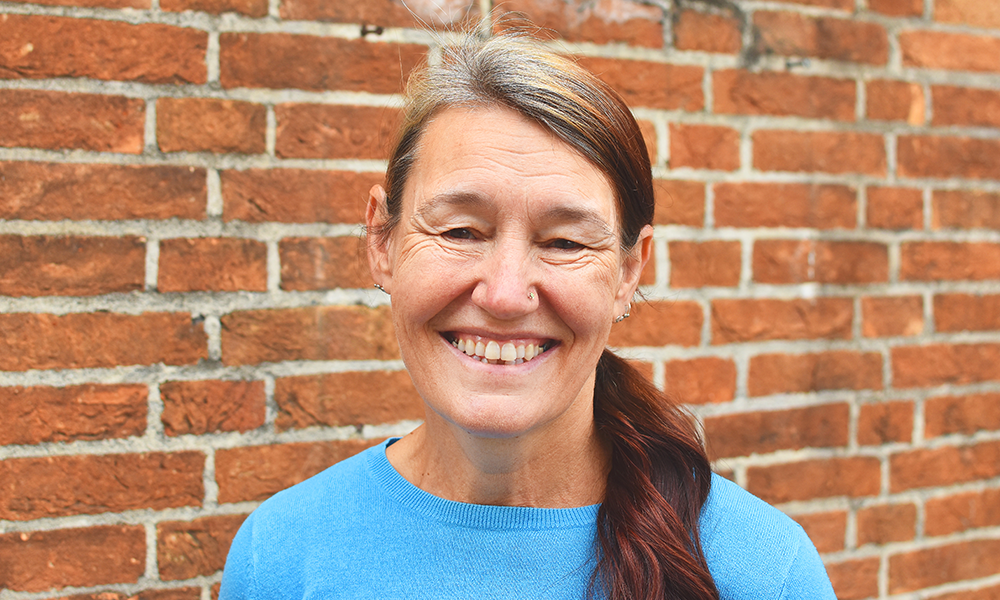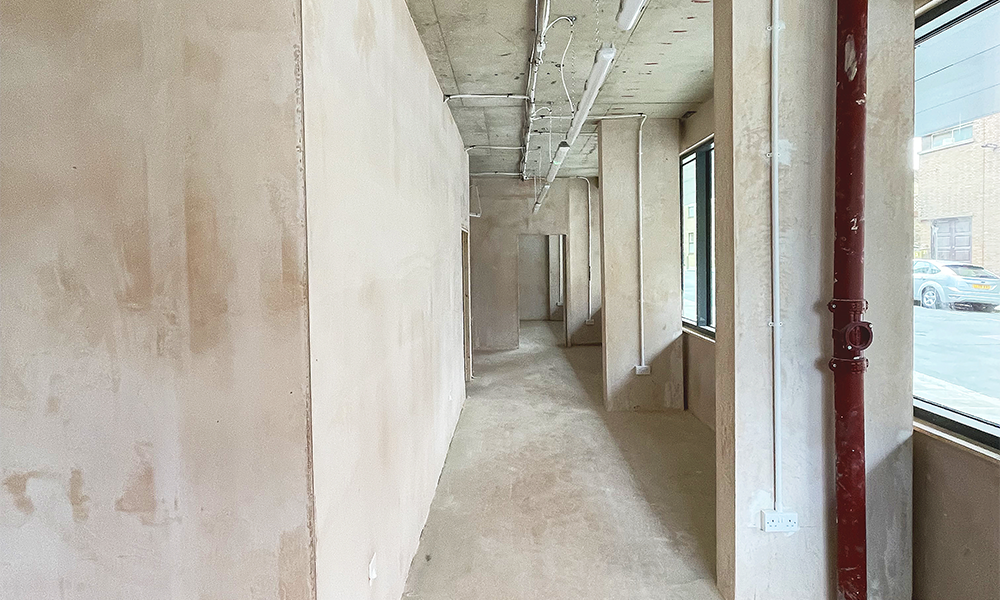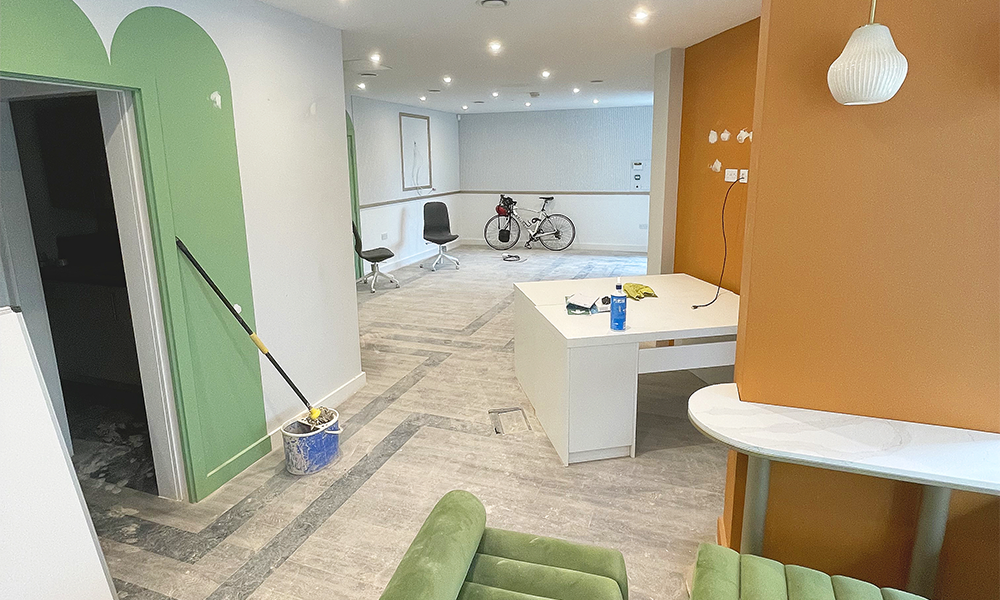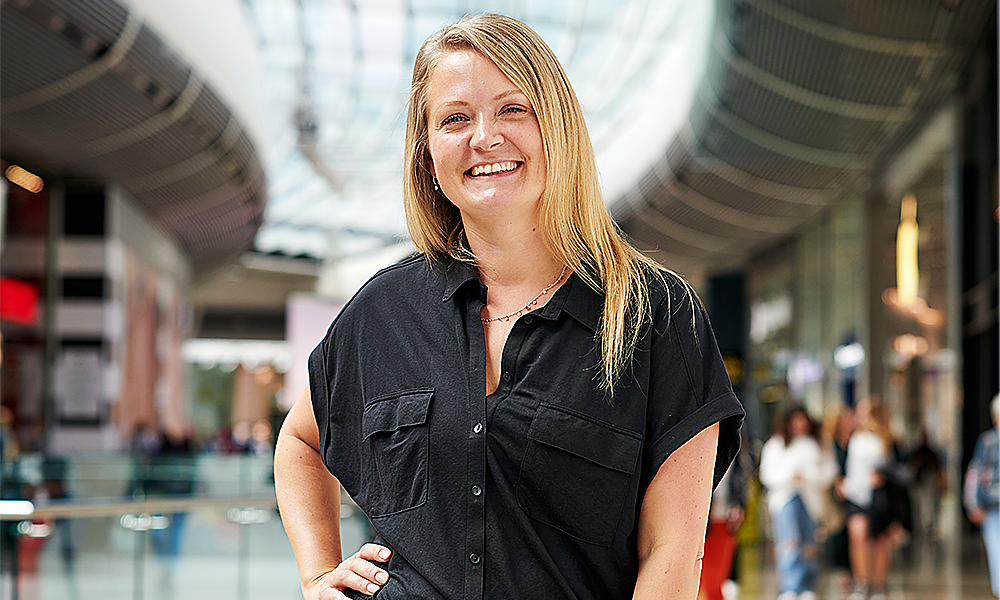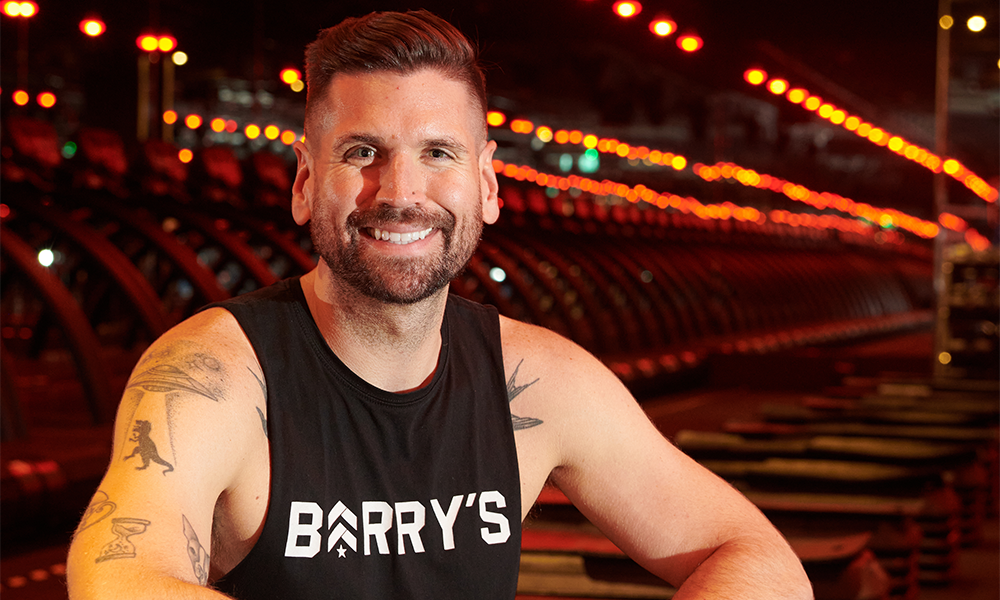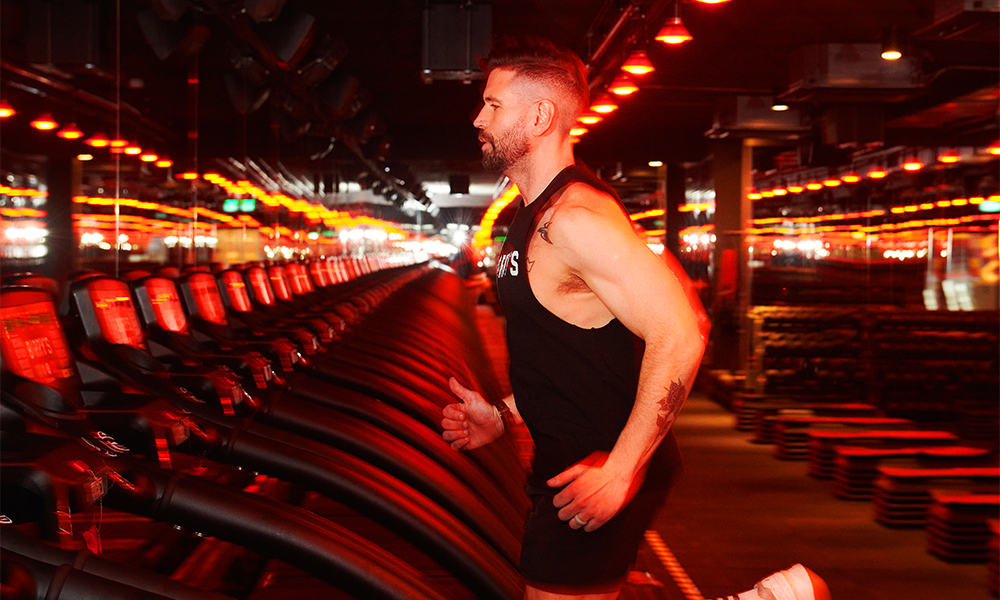Brighton brand offers art from £50 to £50k with its walls hung thick with limited edition prints
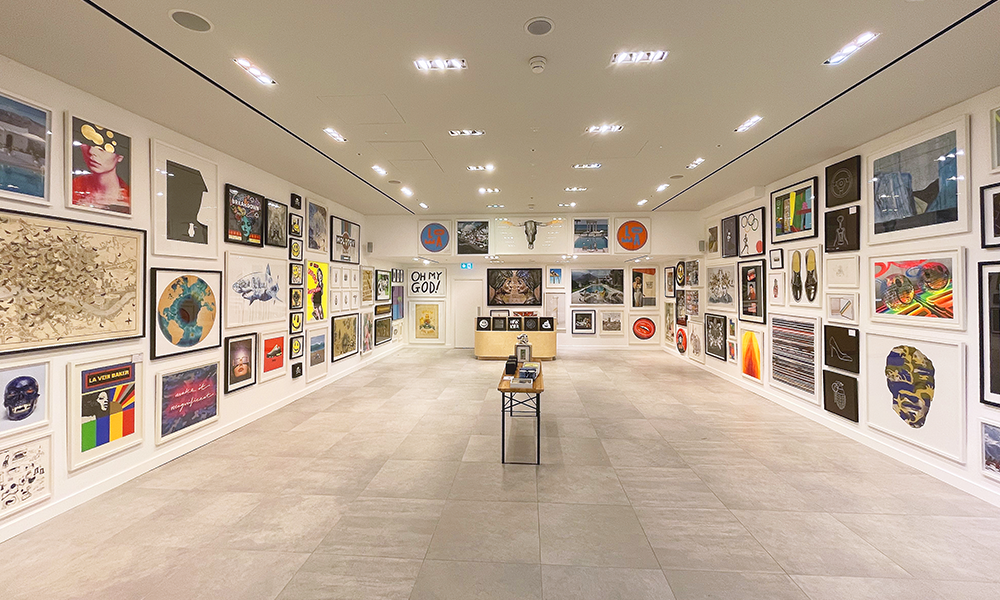
Subscribe to our free Wharf Whispers newsletter here
There’s a blunt clue in the name to the right way of approaching Canary Wharf’s latest pop-up.
Brighton-based art dealer Enter Gallery will be in Jubilee Place until October 8, 2023, having coated the walls of a vacant unit with all manner of original works and prints to buy.
As its branding suggests, it’s a place that’s all about welcoming people in and allowing them to get up close to the pieces.
Works are hung to cover the available space rather than reverentially displayed in acres of white space.
Nevertheless, the gallery has some big names on its list, dealing in the likes of Peter Blake, Jeff Koons, Damien Hirst, Lucy Sparrow, Patrick Caulfield and Gilbert And George.
“We mainly specialise in signed, limited edition prints from established and emerging artists – although we do have originals too,” said Helen Hiett, buying director at Enter Gallery.
“You can find art that’s anywhere from £50 to £50,000 in our Brighton gallery. Art is for everyone and is meant to be accessible.
“When people come in, one of us will usually come and chat to them and tell them a little bit about what’s on display – we try to demystify art.

“We help to guide them to pieces.
“We have about 400 pieces on the wall there, all mixed together – emerging artists mixed in with more collectable names, so that people are drawn to something they love.
“We also have a lot of unframed prints in the drawers, so we can get those out and show people.
“The main thing that hits you when you enter is a lot colour – different types of pieces and a whole range of different artists – more than 100 in total.”
Helen’s current role is, in some ways testament to Enter’s ethos.
She was passing by the Brighton gallery and spotted a piece by Dan Hillier, an artist whose work she’d loved while studying illustration at university.
She walked in and handed over a paper CV to a man who turned out to be owner Lawrence Alkin.
An interview followed and, after nine years, she’s never looked back.
“It was fun and it was a very strange way of ending up in a gallery,” she said.
“I’d run pop-up galleries and immersive events in London and Brighton, so I knew I wanted to work in the art world.
“But the places I had lived in before hadn’t had the sort of artists that appealed to me – there were a lot of landscapes and more classical pieces.

“I really liked Enter Gallery because it has art for everyone – street art, fine art, illustration and it had people who used to work in fashion but moved into printmaking, so it’s really varied, and you can see that on the walls – that’s what really appealed.
“The art is quite humorous, with quite a lot of colour, a lot of happiness in many of the pieces, with nods to the history of music and pop culture – there’s a bit of everything.”
The Canary Wharf pop-up, which can be found on the main mall level beside Starbucks, is very much arranged in keeping with the original gallery’s aesthetic.
Brightly-coloured prints line the walls, guarded by Buddha Smalls, a statue of the Notorious BIG masquerading as a curvaceous figure of enlightenment.
Squatting a metre-high, the piece is cast in resin to resemble ivory and carries a price tag of £10,000 – mo money, mo sculpture.
“He’s by a really funny artist we work with called Ryca, aka Ryan Callanan,” said Helen.
“We’ve worked with him for more than 10 years and he makes pop art often to do with music – rap and hip-hop – he’s brilliant.
“We’ve always loved doing pop-ups in London and we thought Canary Wharf would be an exciting place to try.
“We thought it would be a great way to let people see how we can bring a little bit of Brighton to the area, but also all the artists who work for us, so that they can be exposed to a different audience.
“We’ve tried to echo the original Enter Gallery and, while we were setting up, we had someone come in and tell us it really reminded him of somewhere in Brighton – we had to tell him it was us.
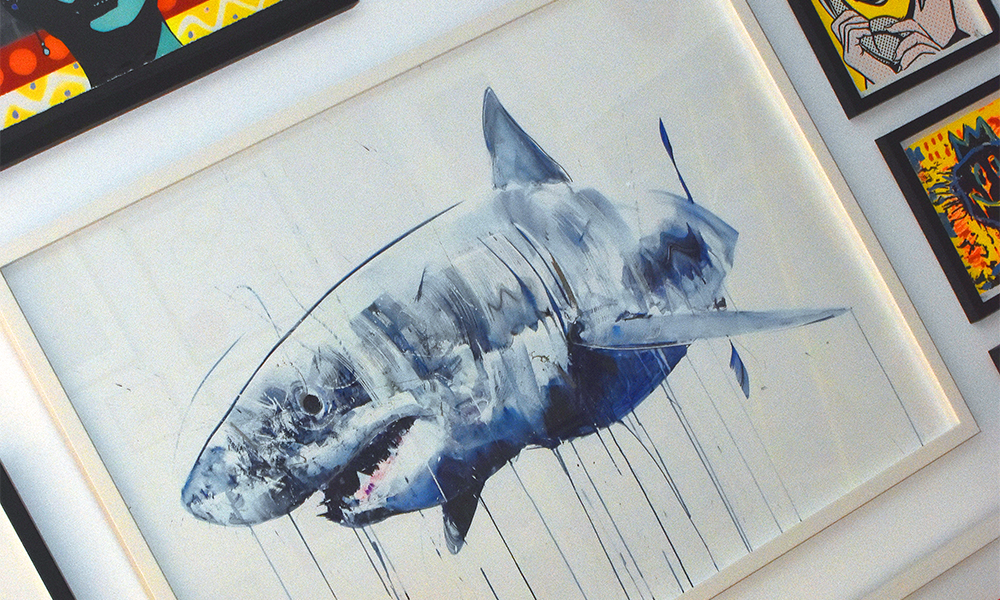
“We’ve had a really warm response so far, and we’re really encouraged by that.
“Even when setting up we have lots of people popping their heads in and asking what is happening and whether they can come and see, which of course they can.
“Our dream with this would be to make a lot of new connections, to collaborate on new projects and then introduce the artists and the art to new clients and groups of people.”
As buying director, Helen’s remit is to fill the walls of Enter Gallery with the right kind of stuff – working with artists to source pieces she thinks will do well.
“My role is a bit of a mixture, really,” she said. “We have artists that come in who we meet, or it might be through other people who visit and recommend something they love.
“It can be through Instagram, and we also have a submissions process on the website.
“Then we also go to a lot of art fairs like Woolwich Contemporary Print Fair and we go scavenging in Miami every year, because they have a load of emerging artists, and from all over the world.
“Personally, I’m quite fickle when it comes to art – if it’s just come out, I’ll be really interested.
“I like any art that has a story behind it, something to look at that you can really think about or just if it’s funny.
“One of the pieces I like is a really cool new map by Justine Smith of the Thames.
“Her work is really hard to appreciate online because it’s really detailed.
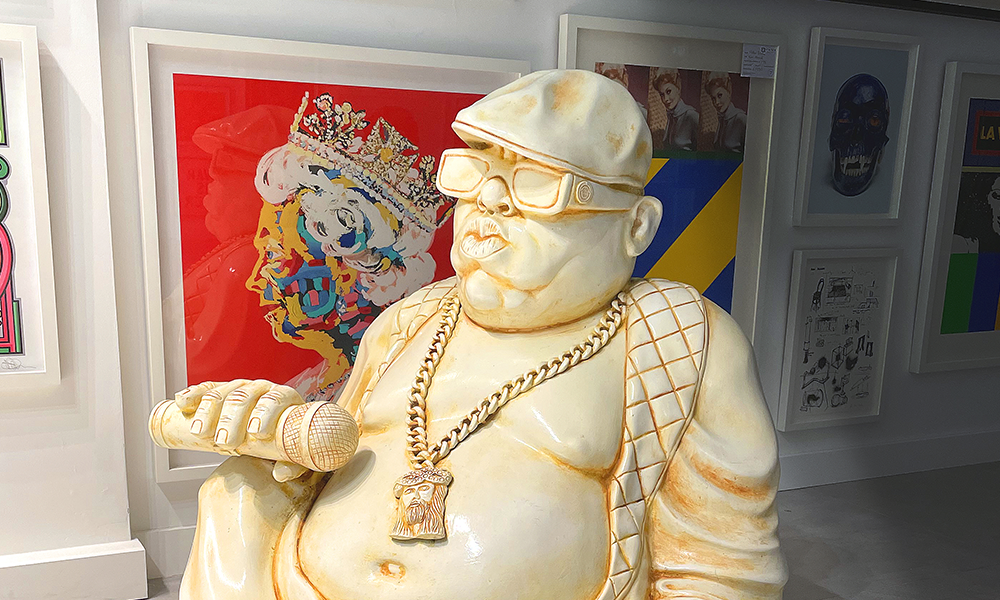
“She often uses pieces of different types of banknote and makes a collage of them – there are so many layers of meaning in her work.
“From far away the pieces just look like an image until you get up close and realise there’s a lot going on.”
Crucial to Enter Gallery is the idea that art need not be expensive or financially cumbersome to acquire.
“We participate in a really good scheme called Own Art, which is backed by Arts Council England – people can buy art and then pay for it over 10 or 20 months interest free,” said Helen.
“It was designed to support artists and the people purchasing, so the artists can make money from their work and it doesn’t break the bank for purchasers.”
Failing that, Wharfers can just pop down and drink in the creativity all over the walls.
Find out more about Enter Gallery here
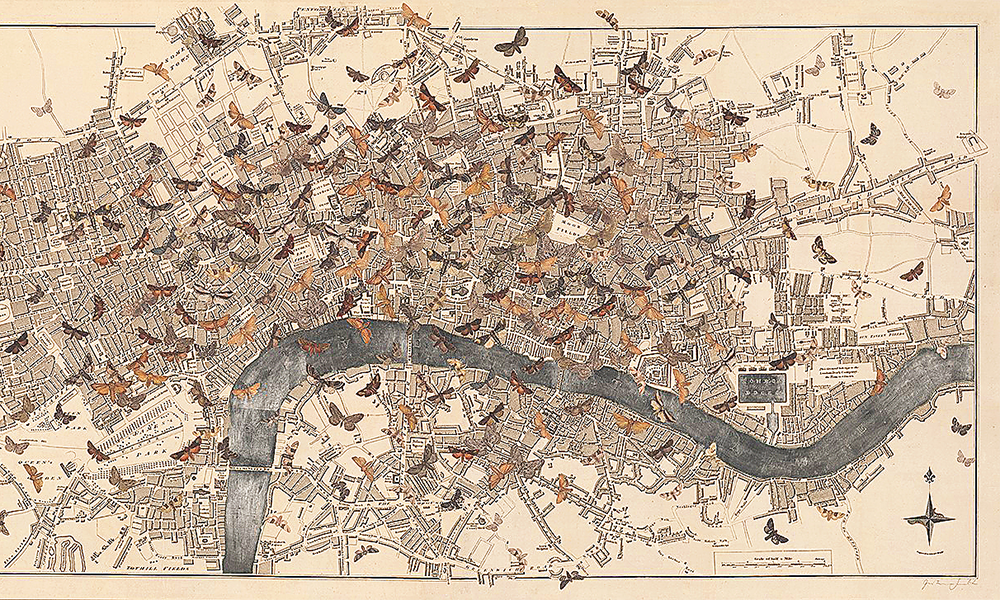
Read more: Sign up for the Santa Stair Climb at One Canada Square
Read Wharf Life’s e-edition here
Subscribe to our free Wharf Whispers newsletter here
- Jon Massey is co-founder and editorial director of Wharf Life and writes about a wide range of subjects in Canary Wharf, Docklands and east London - contact via jon.massey@wharf-life.com




